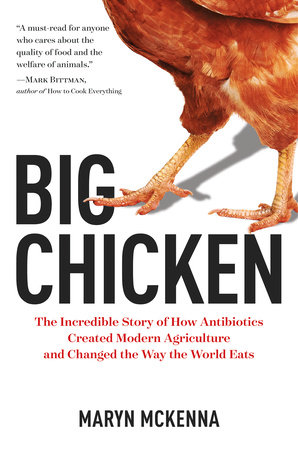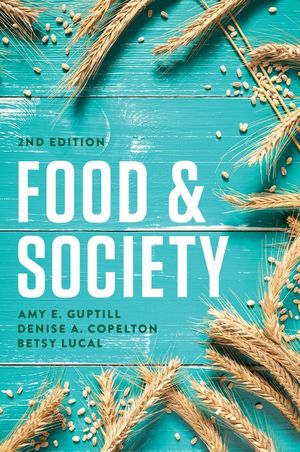Weekend reading: Carey Gilliam’s Whitewash
Carey Gilliam. Whitewash: The Story of a Weed Killer, Cancer, and the Corruption of Science. Island Press, 2017.

I did a blurb for this book (only the last sentence is on the back cover):
Whitewash, says Carey Gilliam, is what Monsanto, Monsanto-paid scientists, and the Monsanto-influenced EPA are trying to do for the herbicide glyphosate (“Roundup”)—make it appear benign in the face of evidence that glyphosate may be carcinogenic, strongly promotes weed resistance, and causes genetically modified crops to require even greater use of toxic chemicals.
Gilliam’s deep dive into this industry’s manipulation of science gives us even more reasons to advocate for organic and sustainable agricultural systems.








